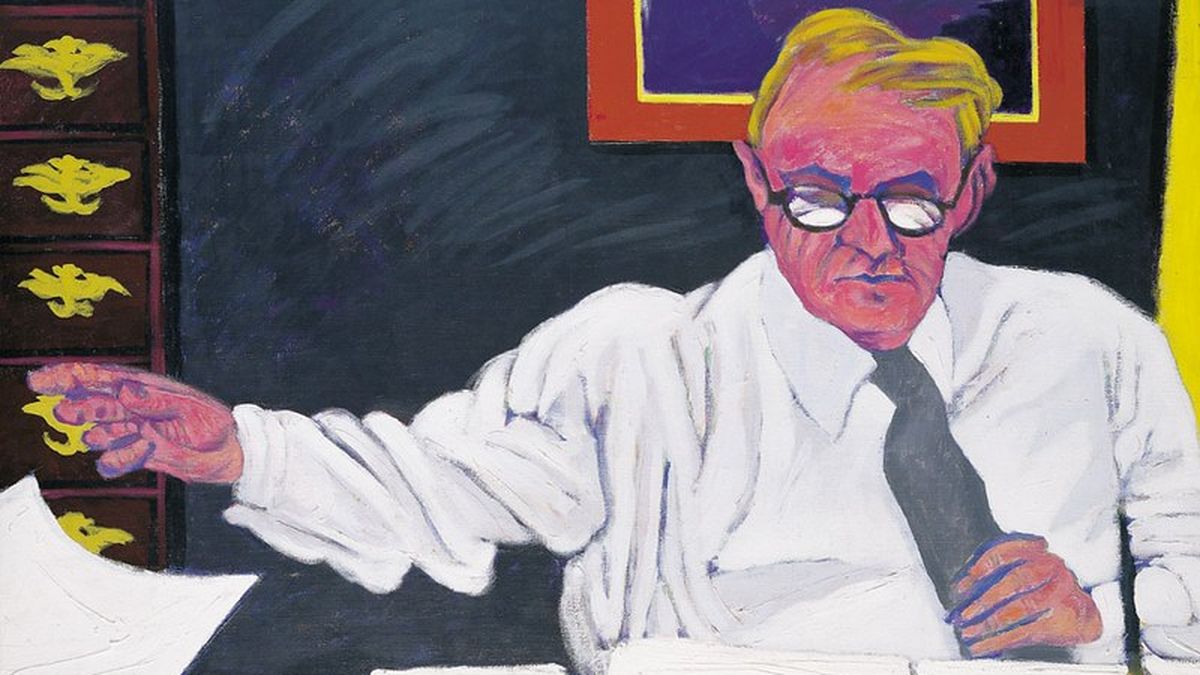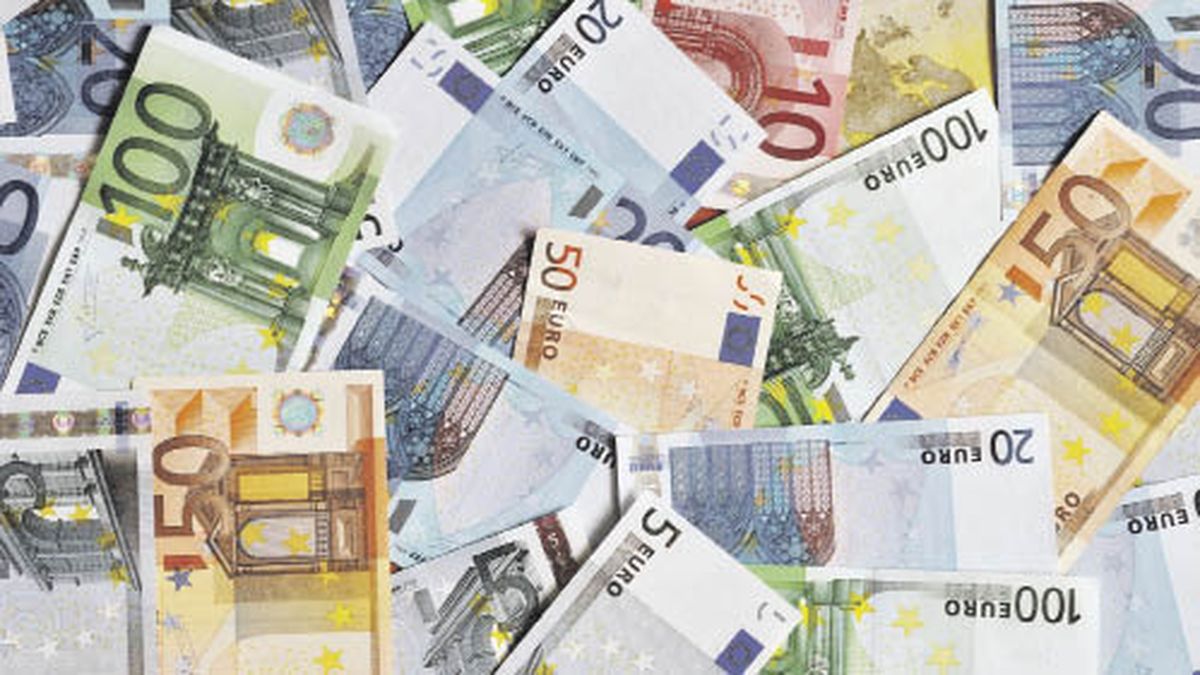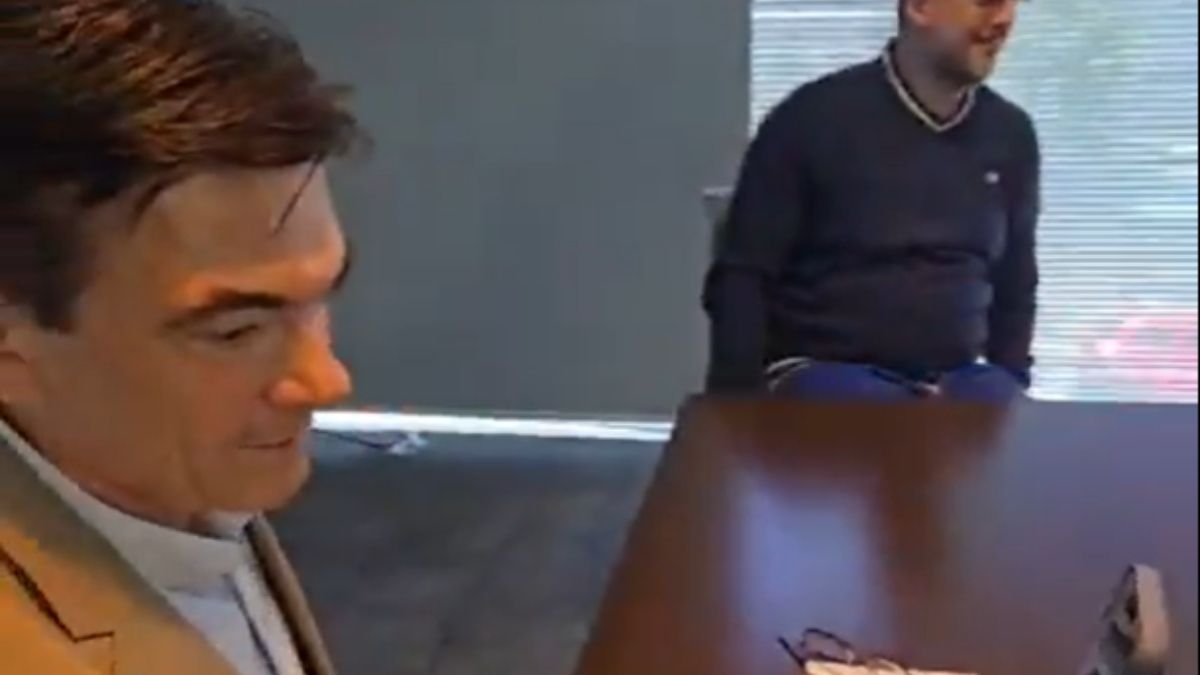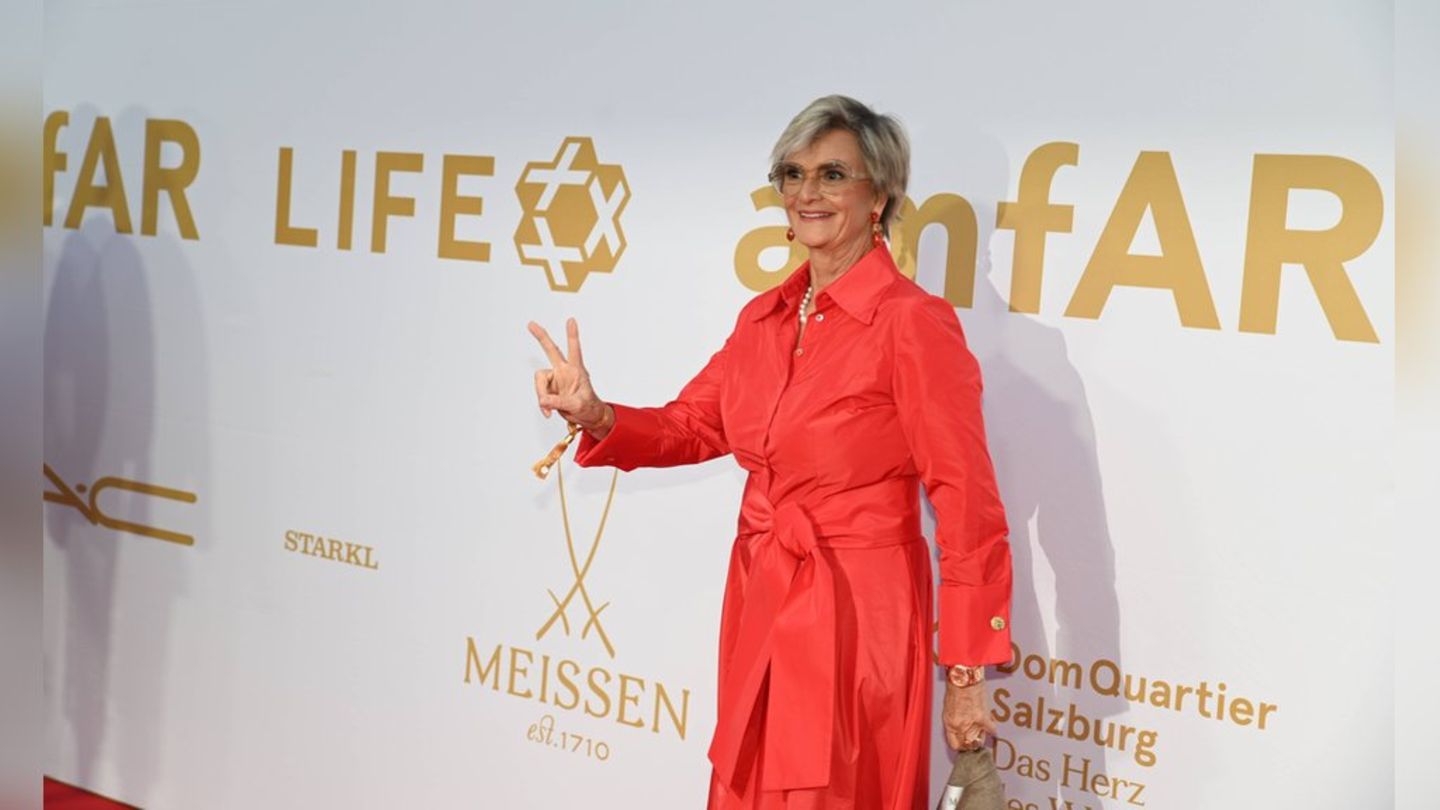Although it has been written on several occasions about Carlos Gorriarenaand even if you are familiar with his work, how do you leave today an exhibition of this great artist born in Buenos Aires in 1925 and died in La Paloma, Uruguay, in 2007?
Once again his overflowing painting, with violent color, of figures that advance on the viewer, is carried in the retina and although he did not agree, there is no other way to classify it other than as expressionist.
According to the Brazilian critic Agnaldo Farías, “Gorri”as it was called, deals with violence by modulating it through open and contrasting colors, in very intense gestures that both define and erase people, furniture, architecture and landscapes. Disconnected images, cunningly crude compositions, all of them emanating life, the disturbing everyday life, collusion with crime, the commerce of sensuality, of the frank fusion of bodies with nature.
A year before his death we saw a Gorriarena that he did not renounce his pictorial passion but had become more introspective, without denunciations to expose power, without his usual bitingness, had he become silent? A premonition?
He was living a happier stage, he had let himself be carried away by a certain melancholy, by a wisdom typical of someone who has seen and lived a lot.
The exhibition currently on display at the National Museum of Fine Arts under the curatorship of Gabriela Nasois a journey that encapsulates the brutal chromatic aspect that hits, the tension of an overflowing figuration, of great crudeness, the audacity that knows no concessions, a criticism of reality, a violent, conflictive, sarcastic testimony, a pioneer of political art in which he satirizes power, the corruption of a violent and complacent society, an enemy of the cultural worlds, an artist who always shoots at the contemplator to shake him from lethargy.
Many critics and art historians have studied his work, including Diana Wechsler and Maria Teresa Constantin authors of the book “Painting, a vital space”published by Mundo Nuevo in 2005, a very complete overview of his career, profusely illustrated, which also includes the Grand Prize of Honor of the LXXV National Hall of Visual Arts “Pin-Pan – Punk”, a famous and controversial painting from 1986, “three young followers of fashion, not modern, in which the punk hook happily coexists with the swastika, one more sample of everything is worth it, without critical thinking.”
Among the notable pens of criticism and literature: Miguel Briante, Santiago Kovadloff, Fabián Leblenglik, Raúl Santana, Mercedes Casanegra, Robert Morgan, Elena Oliveras, Rosa María Ravera, Ed Shaw, Jorge Taverna Irigoyenjust to name a few from a long list that found in his work a source of inspiration to speak their truths.
When you leave the exhibition you also take with you the memory of a great artist, a great reflection, of a thought consistent with his political position, of a reality that crossed him painfully and as Elba Pérez also pointed out, “he responded with screeching colors and uncontained rage.”
Closing in January.
Source: Ambito
I am an author and journalist who has worked in the entertainment industry for over a decade. I currently work as a news editor at a major news website, and my focus is on covering the latest trends in entertainment. I also write occasional pieces for other outlets, and have authored two books about the entertainment industry.




